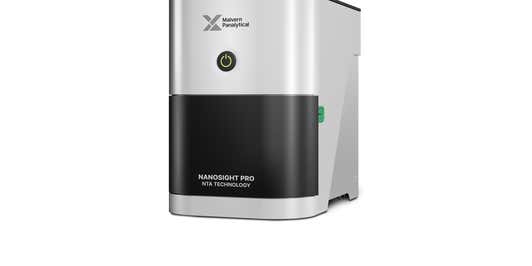

Versatile solutions for the analysis of nanoscale dimensions, shapes, and structures
Nanomaterials are materials with nanoscale dimensions where the surface or interface properties dominate over the bulk properties. The very large surface area of these nanomaterials can result in novel physical and chemical properties, such as increased catalytic activity, improved solubility, or different optical behavior.
Nanomaterials – in the form of synthetic nanoparticles – are already found in a wide variety of consumer products, such as textiles, paints, sunscreens, and other healthcare products. Intensive research is being done in the use of nanomaterials for energy storage and energy conversion, pharmaceuticals, life science applications, solar cells, catalysis, and composite materials, to name just a few.
Many nanomaterials exist in the form of nanoparticles in dispersions. But other materials can also make use of nanostructures within them. For example, metal organic frameworks (MOFs) incorporate nano-voids in their crystal structures and can be host carriers for large concentrations of other molecules. This includes active pharmaceutical ingredients (APIs). When MOFs are dispersed as nanoparticles in biocompatible fluids, surface modification enables them to access cells and then release a wide range of active and targeted pharmaceutical drugs directly where they are required in the body.
When designing new materials for specific applications, it’s often crucial to control the synthetic nanoparticles’ size distribution, shape, surface properties, dispersion, and aggregation stability, as well as the material’s elemental and nanocrystalline composition.
For instance, understanding the crystal structure and hydrodynamic behavior of MOF nanoparticles is essential to ensuring that they can harvest and release ions effectively.
And, in thin-film applications, nanofilm thickness, roughness, and layer properties are also critical parameters in the production of devices employing the special properties of ‘two-dimensional’ buried layers.
Additionally, for several synthetic nanoparticle applications, potential nanotoxicity and nanosafety concerns have resulted in a growing number of nano-regulations. Characterization is required to ensure that these regulations are met.
At Malvern Panalytical, we offer a wide range of solutions to support research and development in nanoscience and nanotechnology:
